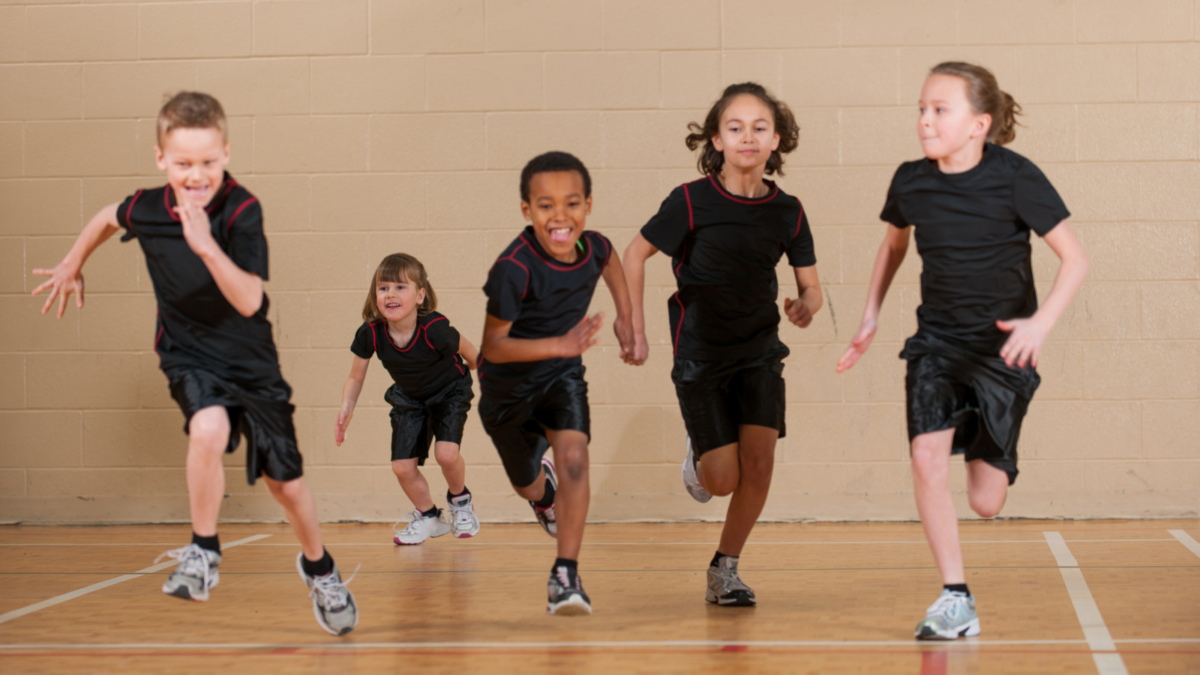Do you find PE, school sport and physical activity generally come off ‘second best’ at your school? Lessons or activities are cancelled to make way for school photo shoots, plays, exams or tests…
While many people understand the benefits of being active in terms of our physical health, less well understood are the wider benefits and how PESSPA can be used to help children to develop key skills and values. These wide-ranging benefits are often overlooked and there are few schools that capitalise on the full potential that PE offers as an educational tool.
What are the wider benefits of PE?
A subject frequently dominated by traditional sports such as football, netball and athletics; teams and fixtures, there can be a limited understanding amongst the school staff team as to the wider benefits of PE.
PE can support all-round development, from intellectual to emotional. Children learn how to negotiate, collaborate, compromise, make decisions, lead and communicate. PESSPA also supports resilience and determination.
How to overcome challenges, plan, set goals, adapt, assess and manage risks can all be learned, developed and practised through PE.
3 ways to use physical activity to support personal development
Here are three activities that you can use to support personal development in your school:
Teamwork, collaboration and leadership: Divide the class into groups and give each group the task of creating their own game, physical activity routine or exercise session. As well as working together to decide on the structure of the game or activity, they would need to decide on rules, what equipment is needed and plan how they will explain and deliver the session.
Empathy and kindness: Have the group form a circle (or two circles if a large group), players must pass the ball across the group to someone. The person throwing the ball must say something kind about the person they are throwing to. Everyone must be passed the ball and the ball must continue to move so there is limited time to think.
Self-motivation, determination and resilience: Set a series of short challenges or activities eg squats, burpees, lunges, torso twists. Start a timer and each child counts how many of each activity they can do in 3 minutes. They record their results and repeat the challenges weekly to see if they can perform more repetitions in the 3 minutes.


